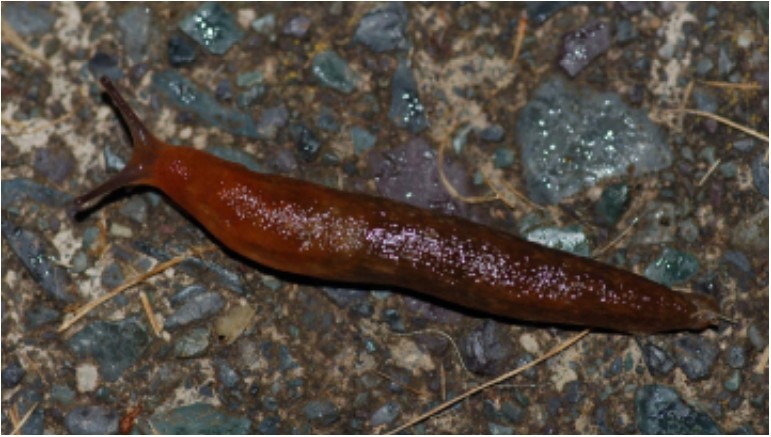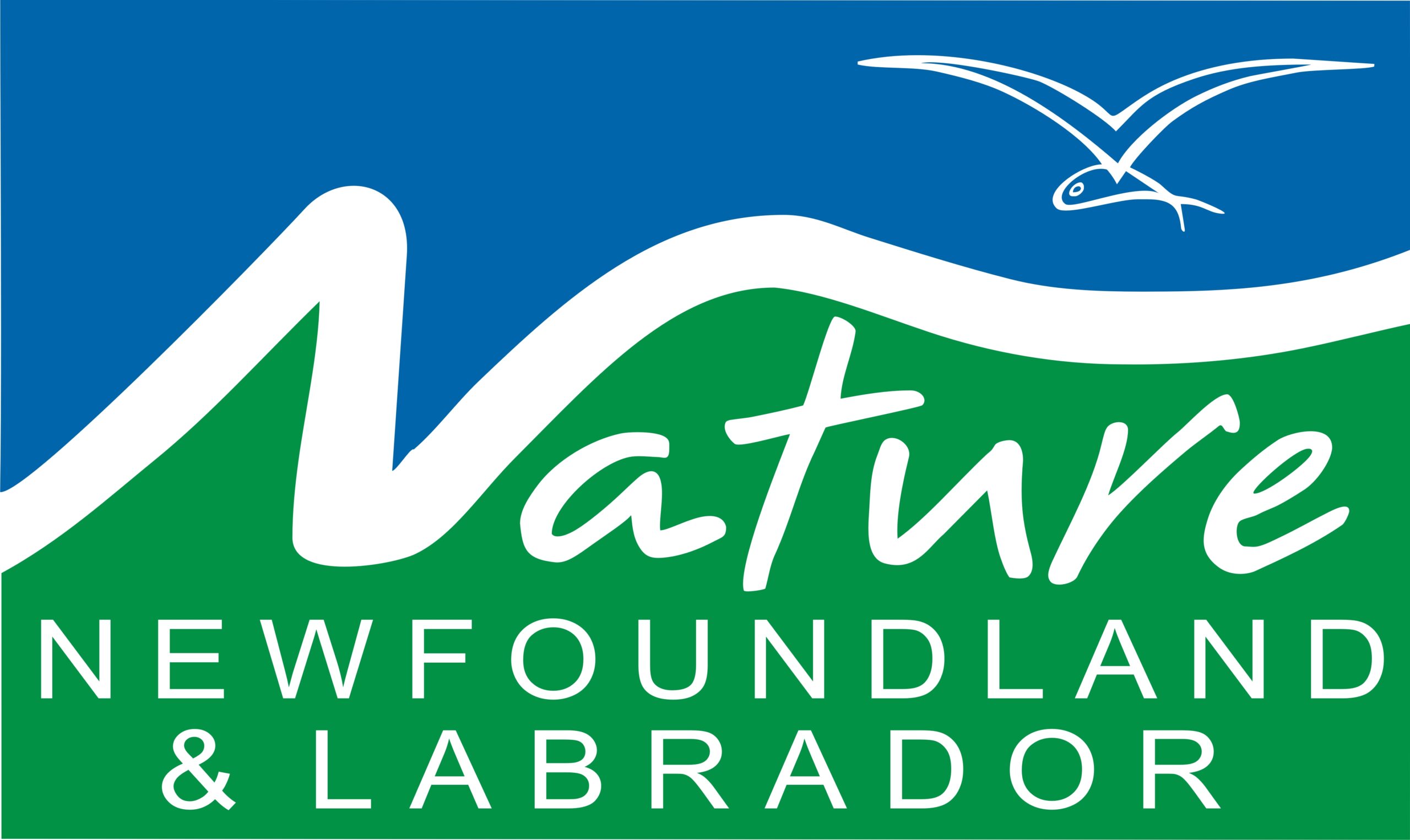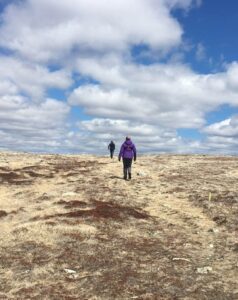The Osprey, vol. 42, no. 03 (Summer 2011)
By: Barry J. Hicks

Q: Slugs are the bane of vegetable gardeners everywhere (especially this rainy spring and summer!), but do they have any redeeming qualities? What is the ecological role of the slug and is there a reason why we can’t do without them?
A: Slugs are the bane of many gardeners. Many people do not have a loving relationship with these invertebrates that share their gardens. Although they are not well known in North America, the slugs are considered important members of terrestrial ecosystems world-wide by many biologists.
The slugs are terrestrial, air breathing molluscs they are also related to bivalves (e.g. mussels and clams) and cephalopods (e.g. squid and octopus). Generally the molluscs have a muscular foot and a mantle which secretes a calcareous shell. However some molluscs have reduced or absent shells. Slugs are an example of a mollusc with a reduced shell which is internalized in the tissue of the mantle. The mantle of the slug is saddle-shaped and found on its back just behind the head (Fig. 1). The mantle cavity of the terrestrial slugs has become vascularized and functions as a lung. The opening to this structure is the pneumostome and is located on the right side of the body (Fig. 1). Running along the belly is the muscular foot. Waves of muscle contraction of the foot help to propel it forward. The movement is aided by copious amounts of slime that the slug glides across. Slime covers the entire body and is important for conserving water. Slugs have to live in moist environments and actively feed at night when humidity is higher and there is ground level condensation. In response to threats from predators, some slugs produce thicker slime that may inhibit the predator’s movement (e.g. ants), make it difficult for the predator to handle the slug (e.g. birds) or make it distasteful. The slime trail that slugs lay down has an additional function in conspecific communication. Other slugs coming across the slime trail may use it to find mates. Slugs are hermaphrodites, having both female and male reproductive organs. After slugs have located a mate, they encircle each other and sperm is exchanged through their protruded genitalia (Fig. 2).


Slugs are important in ecosystems because they feed on dead leaves, fungi and living vegetable mater (e.g. cabbage and lettuce). Because of the feeding on living plant material, they have become pests of agriculture and horticulture. In addition, they are known to feed on tender tree seedlings. In a recent study by Moss and Hermanutz (2010) in Terra Nova National Park, they collected five of the nine species that are known to occur here. All but one of these species is non-native and have been introduced. The authors determined that non-native slugs dominated the pitfall traps that they set and while no conclusions were made on the impact of the slugs on native vegetation, they did recommend that slugs be monitored in protected areas.
In Newfoundland, slugs have the infamous distinction as the intermediate host of nematode parasites of some animals. The French Heartworm, Angiostrongylus vasorum, is a nematode that is transmitted to domestic dogs, foxes and coyotes when these animals consume slugs infected with immature nematodes. Finally, the Caribou Brainworm, Elaphostrongylus rangiferi is a nematode that affects the Caribou’s central nervous system after they accidental ingest slugs containing the immature stages of the parasite.
References
Moss, M and L. Hermanutz (2010). Monitoring the small and slimy – protected areas should be monitoring native and non-native slugs (Mollusca: Gastropoda). Natural Areas Journal. 30: 322-327.
To read the original or similar articles from The Osprey, visit the MUN digital archives.
Article Reference: Hicks, B.J. 2011. Ask a natural history question: Why slugs? The Osprey, Nature Journal of Newfoundland and Labrador. 42(3): 7-8. Available from: http://lib-lespaul.library.mun.ca/PDFs/osprey/V42-03-2011.pdf


